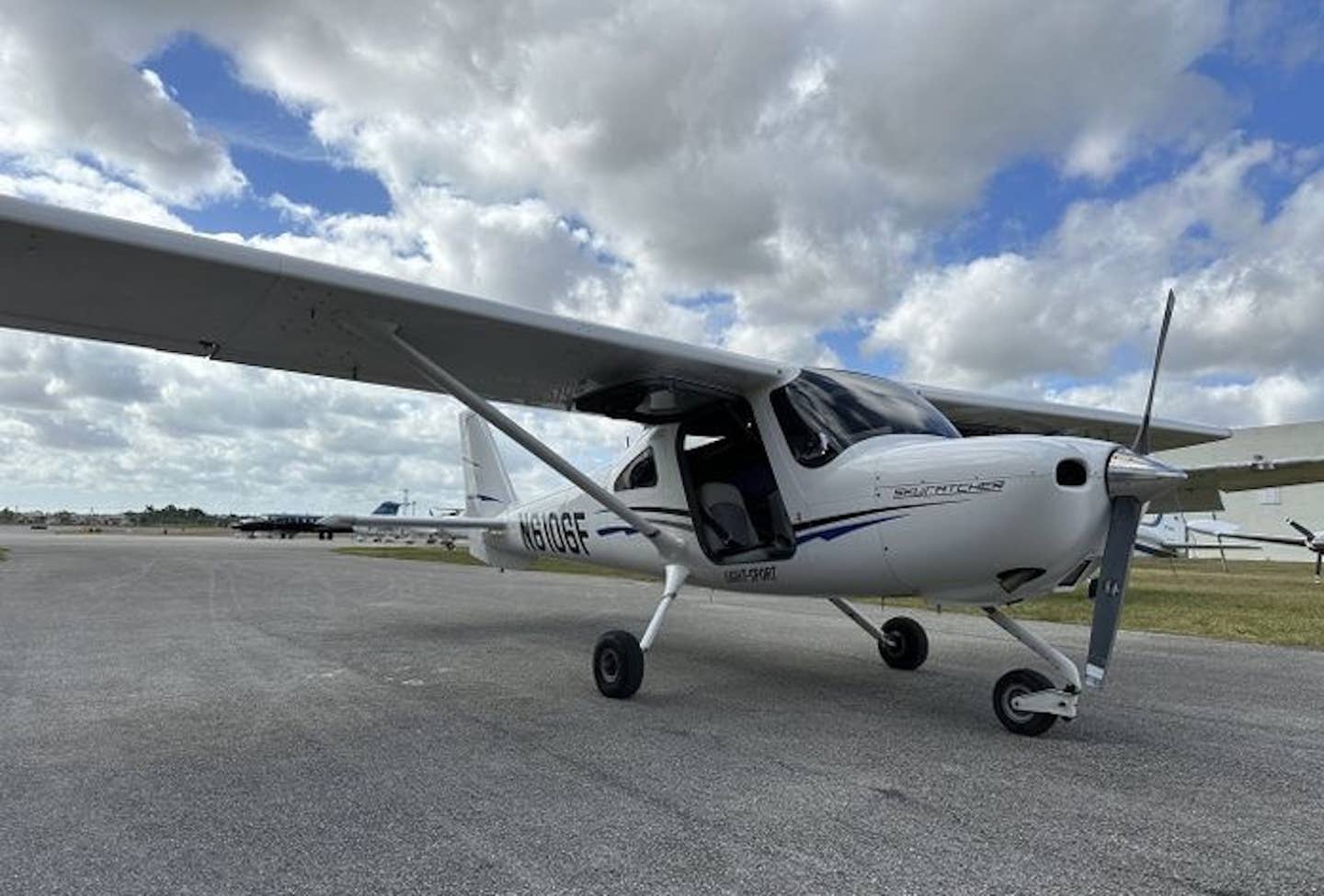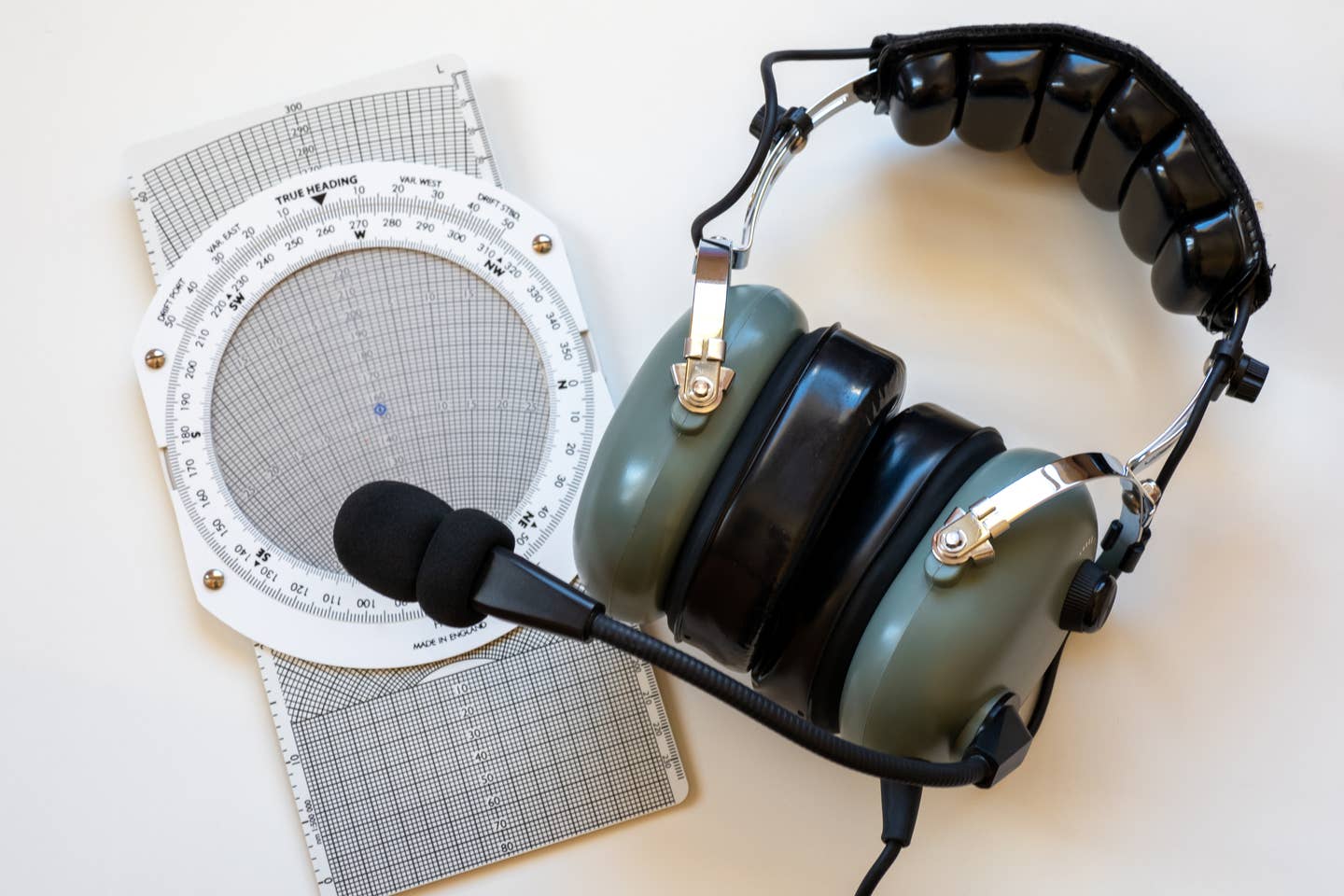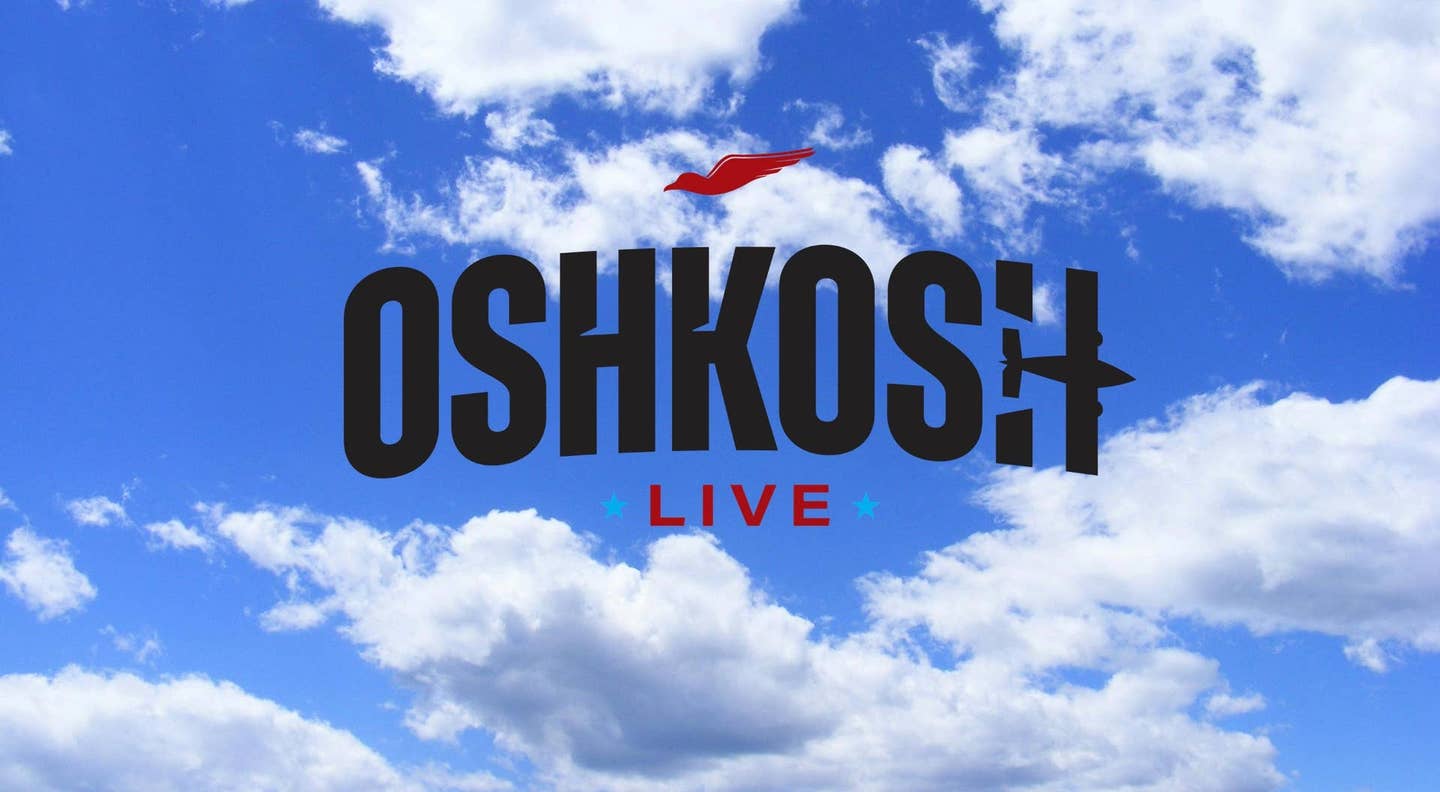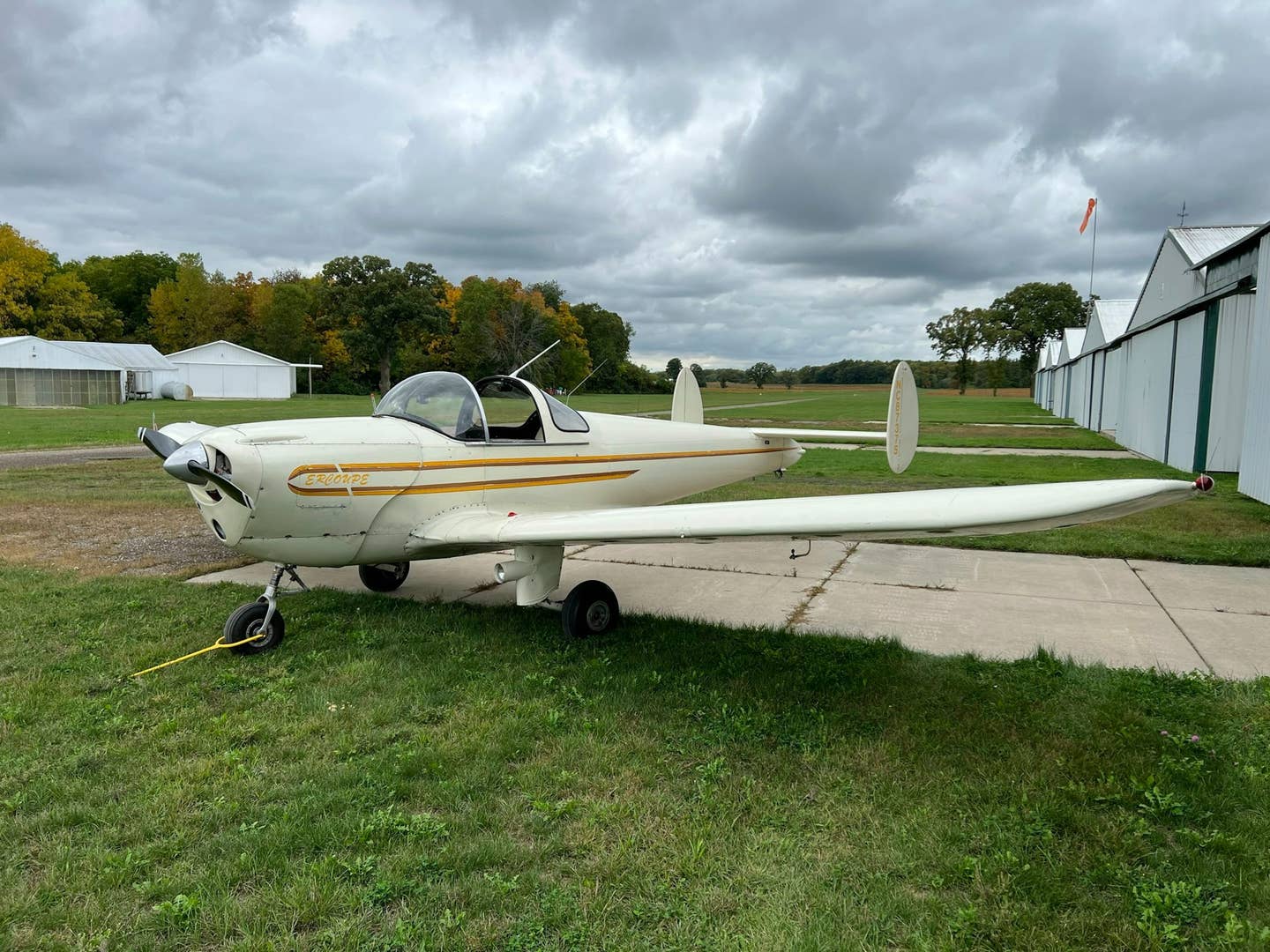After the Accident: It’s Not Worth Showing Off
With his parents watching, an F-14A fighter pilot took off from the Air National Guard airfield adjacent to Nashville International Airport (KNBA) in Tennessee. He immediately pitched up more than…

Maybe pilots trying to be social media influencers should ponder this question—who is their camera really influencing? [Adobe Stock]
With his parents watching, an F-14A fighter pilot took off from the Air National Guard airfield adjacent to Nashville International Airport (KNBA) in Tennessee. He immediately pitched up more than 50 degrees, climbing up into the clouds in a noisy blaze of afterburners. The pilot became disorientated, lost control, crashed, and died. A Navy inquiry determined the nonstandard, steep climb was intentional. It found the aviator’s judgment was “influenced by his parents’ presence at the field.” An admiral said the pilot was “showing off” to his parents.
This was back in 1996. A recently released National Transportation Safety Board (NTSB) report puts a modern twist on pilots showing off. It turns out we don’t need Mom, Dad, or a Tomcat jet fighter to bend our safety sense. We don’t even have to do anything that feels extreme.
It was May 17, 2021. The weather in Michigan was good. Summer felt close. A 23-year-old pilot departed the Clare Municipal Airport (48D) in a Cessna 182, flying low and slow for two hours. He had a passion for aviation, already logging more than 600 hours aloft. The week before he had obtained his commercial multiengine rating, taking another step closer to his goal of becoming an airline pilot. He landed at the Romeo State Airport (D98) in Ray Center, purchased fuel, and departed from there at noon. An hour later, cruising at 500 feet, suddenly, with no warning and no radio call, the Cessna crashed into a dirt field.
He was flying pipeline patrol. This is a big business. There are loads of commercial pilots in high-wing planes flying above oil and gas pipelines. They are looking for leaks (apparently you can see changes in the vegetation around the leak) and right-of-way encroachments (such as construction activity, trees, or repetitive riding of ATVs causing erosion). Sometimes they fly with an observer, sometimes solo. On this day, the accident pilot was alone in his employer’s 182.
The 1965 Cessna 182H with a 230 hp engine had been flying for the pipeline patrol company for years. NTSB postaccident examination of the wreckage “did not reveal any evidence of a mechanical malfunction or failure that would have prevented normal operation of the airplane.” Likewise, autopsy results showed no medical issues for the deceased pilot. And the accident wasn’t tied to a metrological event. Ten miles away, the official observation was 74 degrees, scattered clouds at 5,500 feet, visibility 10 miles, wind 210 degrees at 5 knots. But the reason for the crash was obvious. It was even marked on the sectional chart.
Close to the field with the main wreckage was a 1,049-foot-high radio tower. The left wing and left cabin door were found by the tower’s base. The NTSB determined the probable cause for the accident to be “the pilot’s failure to maintain adequate visual lookout to ensure clearance from the radio tower and its guy wires.” Radar data shows the Cessna maintaining about 450 to 500 feet above ground level tracking the pipeline northwest. He had been maintaining the normal position, to the right of the pipeline. That’s standard operating procedure for airplanes and helicopters following roads or pipelines. Then he turned a little left, coming out of position and crossing over the pipeline. He wasn’t where he should have been. This was the side with the radio tower.
He saw it too late. The Cessna suddenly pitched up, climbing at 1,500 fpm. But it still collided with a tower support guy wire. The left wing separated from the fuselage at the wing root, falling almost straight down. The rest of the plane impacted in a field, a third of a mile from the tower.
That’s the “how” of the plane crash. But why did the pilot come off track? Why didn’t he see the tower earlier?
After the accident, the NTSB found that “it is likely the pilot was distracted while he used his mobile device in the minutes before the accident and did not maintain an adequate visual lookout.” Managing distractions is an airmanship task, requiring taking charge of our attention. And, down low, attention must be outside the cockpit. The mobile device the NTSB referenced was a smartphone, and this pilot wasn’t just texting or snapping photos, he had an audience. He was posting videos on Snapchat.
- READ MORE: Handheld Avionics
For those who don’t know, Snapchat is a social media messaging, photo, and video sharing platform popular with younger generations. Its defining feature is immediacy. Content is only available for a short time before becoming inaccessible, and after 24 hours it’s automatically erased. Several people were watching the pilot live on Snapchat. They were following his progress on the app’s map. Shortly before the accident, a video reportedly depicted the terrain ahead of the airplane’s position, including wind turbines and cornfields.
By the time the NTSB investigator in charge found out about the Snapchats, the platform had already deleted the footage. The agency was able to obtain screenshots of the Snapchat map, showing the pilot’s position as a jaunty, red biplane, and interviewed two people who had been watching online.
The last post was likely sent 35 seconds before the accident. He was 1.5 miles southeast of the tower, heading right toward it. If you’re playing with your phone, you’re not flying the plane. The NTSB concluded that “contributing to the accident was the pilot’s unnecessary use of his mobile device during the flight, which diminished his attention/monitoring of the airplane’s flight path.” He was too busy showing off.
Airline pilots impose a “sterile cockpit” below 10,000 feet, where phones are put away, and they don’t even talk about anything other than the flight. My glider club bans GoPros in the cockpit for the first month of the season. Professional YouTube pilots have assistants and set up multiple cameras that need no attention in flight.
Hollywood pilots extensively plan film shots and use professional aerial videographers.
After that F-14 crash, an NTSB investigator told me: “The most dangerous thing for an airplane is a camera.” Maybe pilots trying to be social media influencers should ponder this question—who is their camera really influencing?
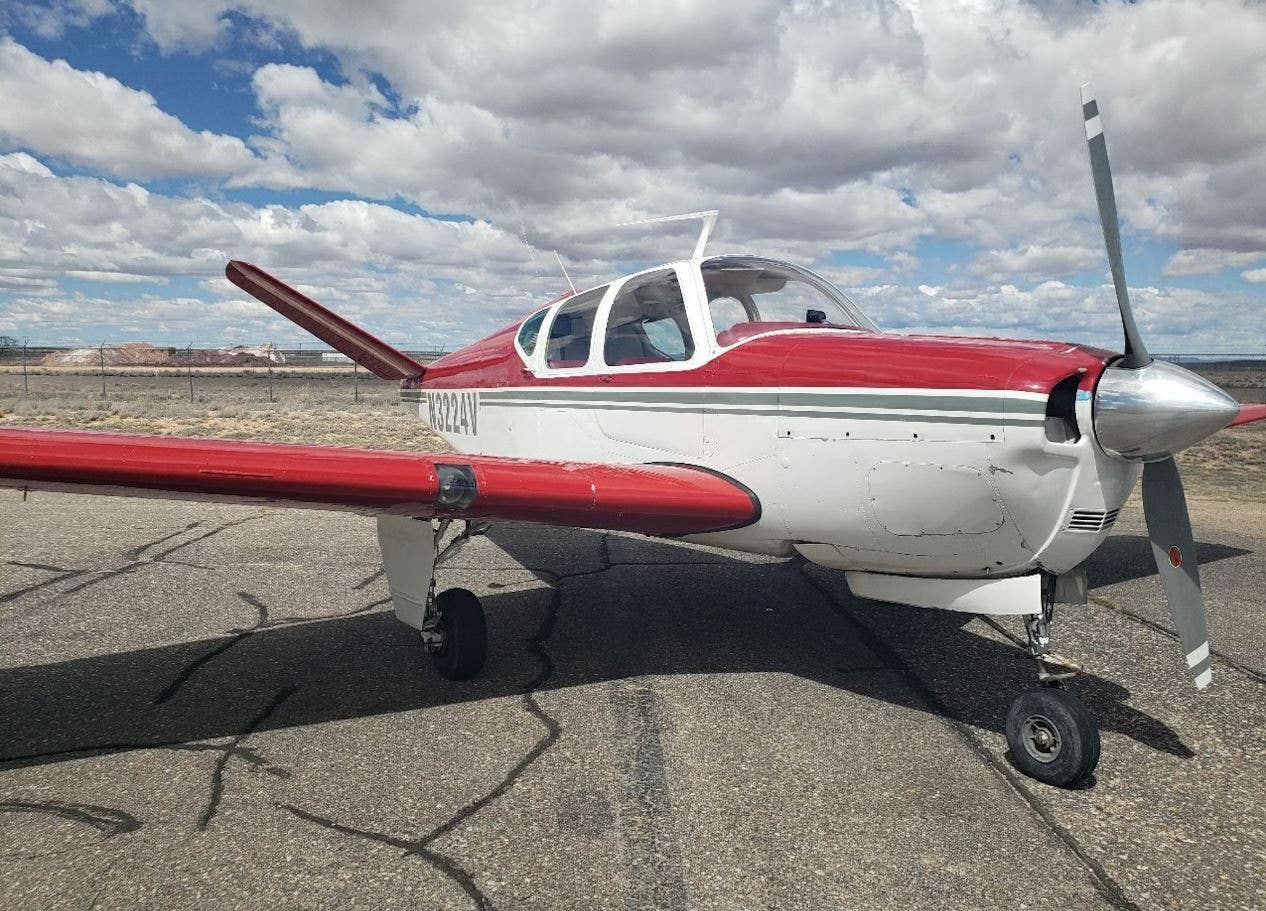
Subscribe to Our Newsletter
Get the latest Plane & Pilot Magazine stories delivered directly to your inbox

